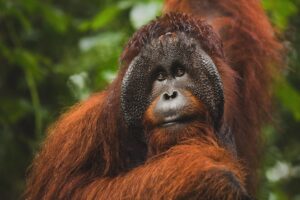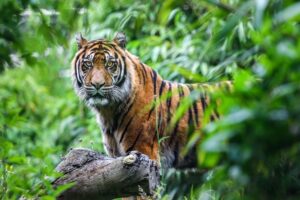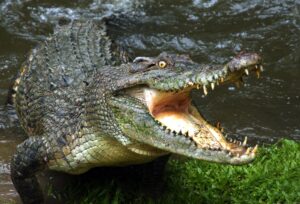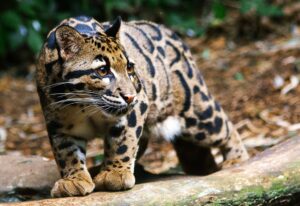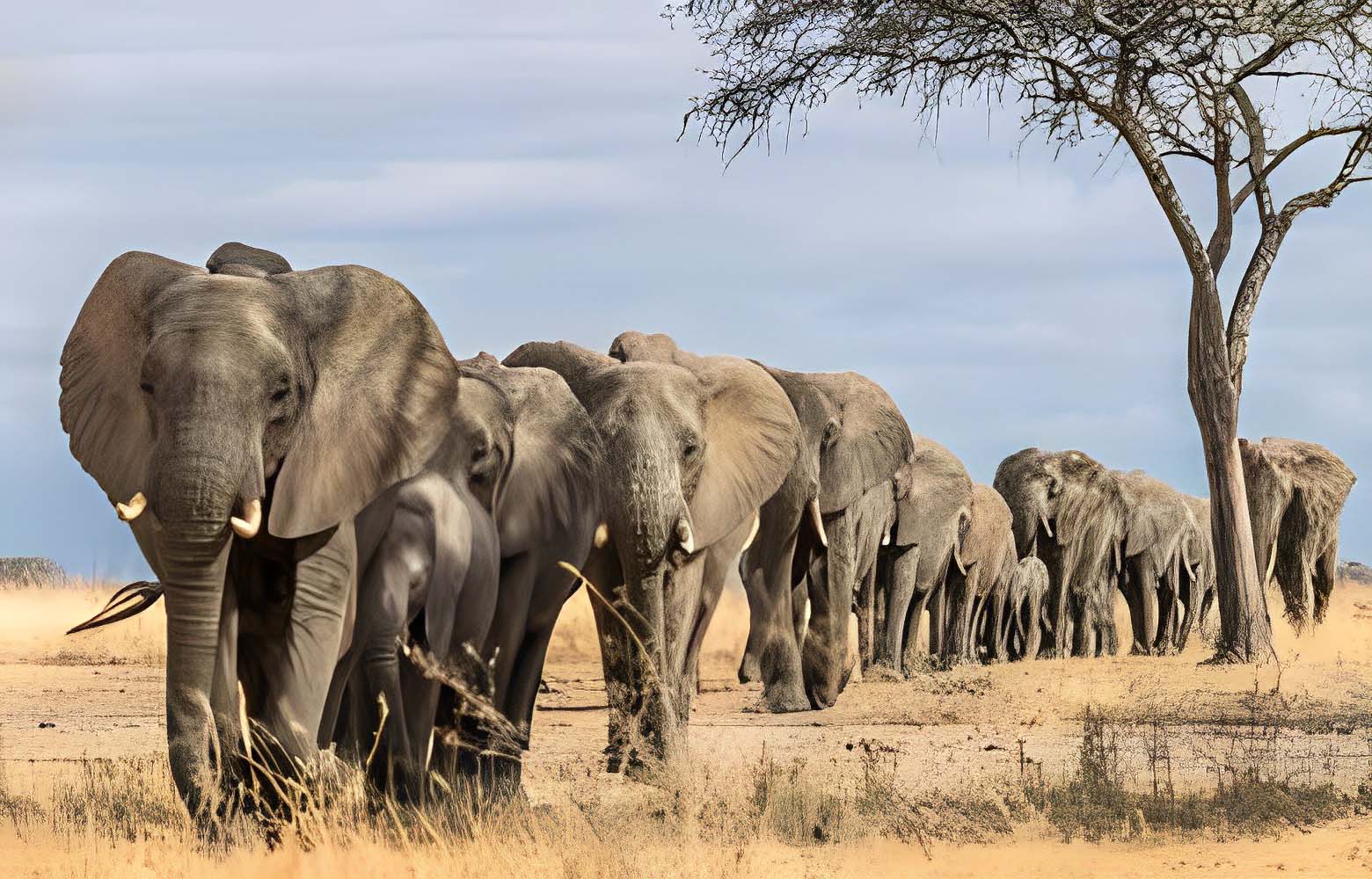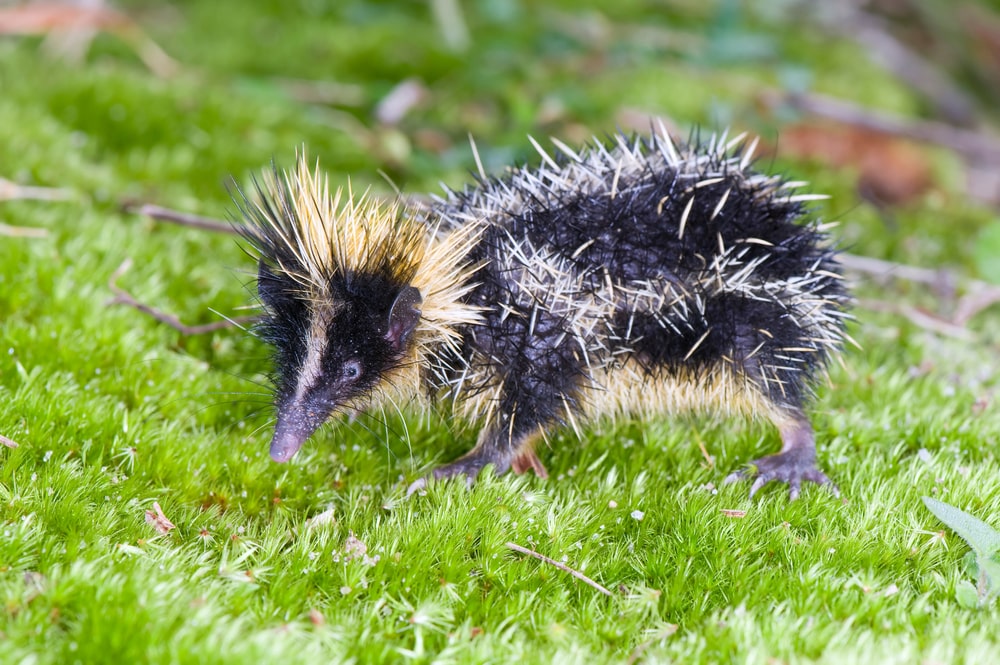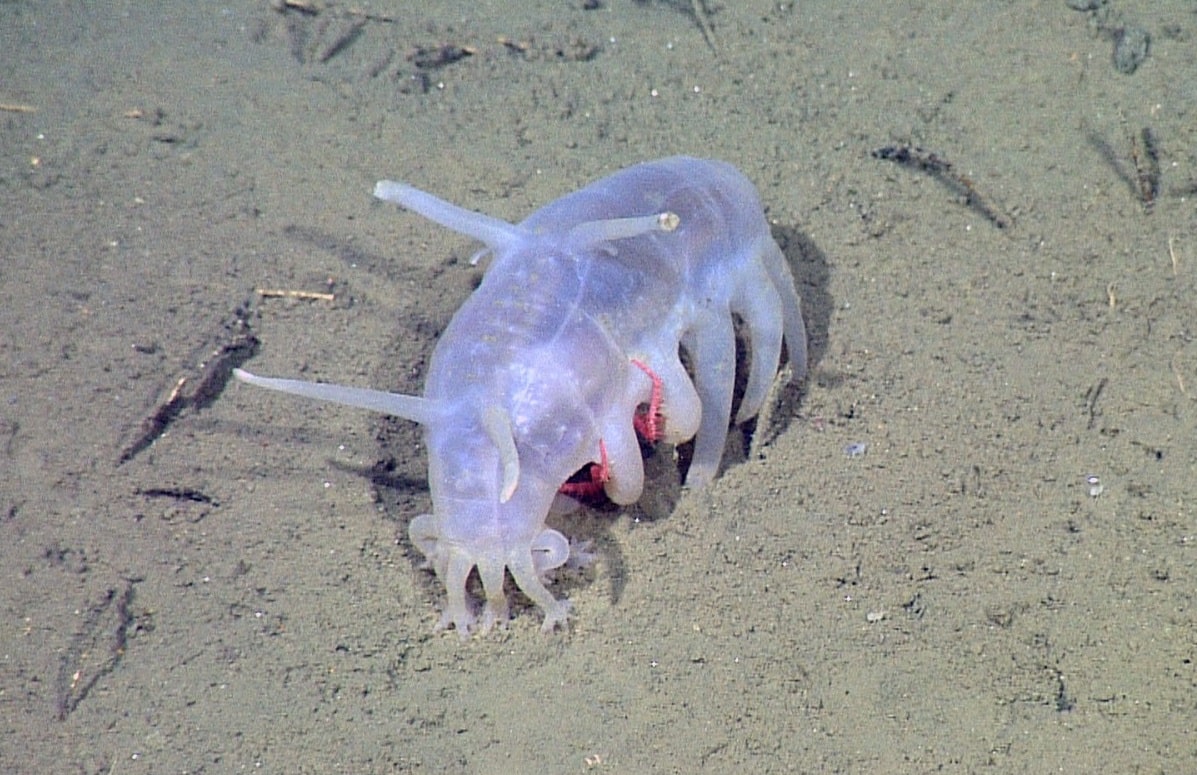Orangutans vs Gorilla, Tiger, Crocodile, Python, Leopard & Bears
Orangutans are imposing heroes, displaying striking strength and dexterity. Who gets an opportunity to beat the considerable wilderness monsters?
Gorilla vs Orangutans
The silverback gorilla is considered an alpha amongst primates. Gorillas typically weigh between 300 and 400 pounds (136 to 181 kilograms), while orangutans usually range from 66 to 220 pounds (30 to 100 kilograms). The gorilla’s superior size provides a significant advantage in terms of sheer muscle mass and physical power. With a height ranging from 5.6 to 6 feet (1.7 to 1.8 m), gorillas also possess a more robust build compared to the orangutan, which stands at only around 3.3 to 4.6 feet (1 to 1.4 m) tall.
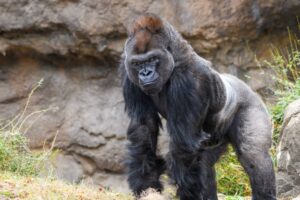
In a direct confrontation, the gorilla’s greater size and strength give it an immense upper hand. Gorillas are known for their physical prowess, using their powerful arms and sharp canine teeth for self-defense and asserting dominance within their social groups. The orangutan, while strong in its own right, may struggle to match the gorilla’s force in a one-on-one encounter.
Also, gorillas are known for their intelligence and strategic thinking. This social intelligence translates into a more calculated approach in a physical encounter, allowing the gorilla to assess the situation, anticipate movements, and strategize its actions. Overall, there’s no question that a gorilla would be able to take on an orangutan and win!
Tiger vs Orangutans
Tigers are formidable predators known for their size, strength, and predatory adaptations, and these features would likely give them a significant advantage in such a scenario. First and foremost, the sheer size and strength of a tiger are unparalleled in comparison to an orangutan. Tigers are big cats heaviest animals species, with adult males weighing between 397 to 569 pounds (180 to 258 kg) and measuring around 8.2 to 9.5 feet (2.5 to 2.9 m) in length, excluding the tail.
This substantial difference in size and strength immediately tips the scales in favor of the tiger. The tiger’s physical adaptations for hunting and killing prey are finely tuned. Tigers possess powerful jaws, equipped with sharp, retractable claws and formidable teeth, including long canines. These adaptations are specifically designed for subduing and dispatching large prey efficiently.
In a confrontation, the tiger’s weaponry would be a decisive factor, allowing it to deliver incapacitating bites and slashes, potentially overpowering the orangutan. Tigers are renowned for their agility, speed, and stealth—attributes that are essential for successful hunting. Additionally, the tiger’s stealth and camouflage skills would allow it to approach the orangutan quietly, potentially catching the primate off guard.
Crocodile vs Orangutans
Firstly, the crocodile’s powerful jaws and formidable bite force stand out as key attributes. Crocodiles have one of the strongest bite forces in the animal kingdom, with some species exerting pressure exceeding 3,700 pounds per square inch (psi). In a confrontation with an orangutan, the crocodile’s ability to deliver a powerful and potentially lethal bite would be a significant advantage. The crocodile’s tough, scaly skin serves as protective armor, providing resistance against external threats and reducing the risk of injury during encounters.
This armor is particularly advantageous in situations where the crocodile may face resistance or counterattacks. The thick, bony plates known as osteoderms embedded in the crocodile’s skin act as a shield, especially in areas vulnerable to potential strikes. Crocodiles are cold-blooded reptiles, allowing them to conserve energy and endure long periods without food.
This physiological adaptation contributes to their patience and stamina, crucial factors in a potential confrontation. While orangutans are agile and strong, the crocodile’s ability to patiently wait for an opportune moment to strike could prove advantageous, especially near bodies of water where these reptiles are most at home.
Python vs Orangutans
The python’s most distinctive feature is its powerful and muscular body. These snakes are skilled at constriction, a method of subduing prey by coiling around it and exerting pressure. Pythons can grow to impressive sizes, with some species reaching lengths exceeding 20 feet (6 meters) and weighing several hundred pounds. The sheer bulk and strength of a python’s body would provide a significant advantage in a physical confrontation.
One of the python’s key adaptations for predation is its ability to dislocate its jaws, allowing it to consume prey much larger than its head. This anatomical feature is particularly relevant in an encounter with an orangutan, as the snake would potentially attempt to constrict and swallow the primate whole. The python often lie in wait for hours or even days, concealed in their surroundings, until prey comes within striking distance.
The python’s capacity to patiently wait for the opportune moment to ambush an unsuspecting orangutan would provide a significant advantage. Pythons are known for their sensitivity to vibrations and heat, traits that help them locate prey even in low-light conditions. Additionally, pythons are not venomous, but they possess backward-curving teeth that aid in securing a firm grip on their prey.
Once a python has coiled around its target, it constricts with considerable force, restricting the prey’s ability to breathe and ultimately leading to suffocation. In a confrontation with an orangutan, the python’s constricting capabilities could be a formidable factor.
Clouded leopard vs Orangutans
First of all, the clouded leopard’s impressive agility and climbing abilities set it apart. These feline predators are well-adapted to arboreal environments, where they spend a significant portion of their time. With a sleek and slender build, clouded leopards are capable of navigating through trees with remarkable ease. The clouded leopard’s keen sense of sight and exceptional night vision makes it a proficient nocturnal hunter.
While orangutans are primarily diurnal, clouded leopards could leverage their superior low-light vision for stealthy movements during twilight or nighttime hours. This advantage in visibility enhances the clouded leopard’s ability to stalk and ambush the orangutan under the cover of darkness. Furthermore, the clouded leopard possesses sharp retractable claws and powerful jaws. These adaptations are essential for capturing and subduing prey efficiently.
In a confrontation, the clouded leopard’s ability to deliver swift and precise strikes with its claws, coupled with a powerful bite, would be instrumental in overcoming the orangutan. The clouded leopard’s coat also provides effective camouflage in its natural habitat. In an encounter with an orangutan, the clouded leopard’s camouflage would aid in remaining undetected, increasing the chances of a successful ambush.
Bear vs Orangutans
One of the bear’s most prominent physical attributes is its size and strength. Bears are among the largest land mammals, with species like the Kodiak bear and polar bear weighing over 1,000 pounds (454 kg) and standing over 10 feet (3 m) tall when on their hind legs. This sheer size advantage gives bears significant physical dominance over orangutans, which are smaller and less robust in comparison. Bears possess powerful limbs, equipped with sharp claws and strong muscles.
In a confrontation, the bear’s sharp claws could be used effectively to swipe at and potentially incapacitate the orangutan, giving the bear a substantial advantage in close combat. The bear’s strong jaws and robust skull house powerful teeth, adapted for a diverse diet that includes both plant matter and animal protein. While bears are not obligatory carnivores like some other predators, their carnivorous capabilities would prove significant in a scenario where they need to subdue an orangutan.
Bears are known for their endurance and stamina, allowing them to cover vast distances in search of food or territory. While orangutans are agile climbers, the bear’s stamina plays a massive role in pursuing the primate if the confrontation were to extend over a more extended period. This endurance is an advantage, especially in situations where prolonged physical activity is required.
